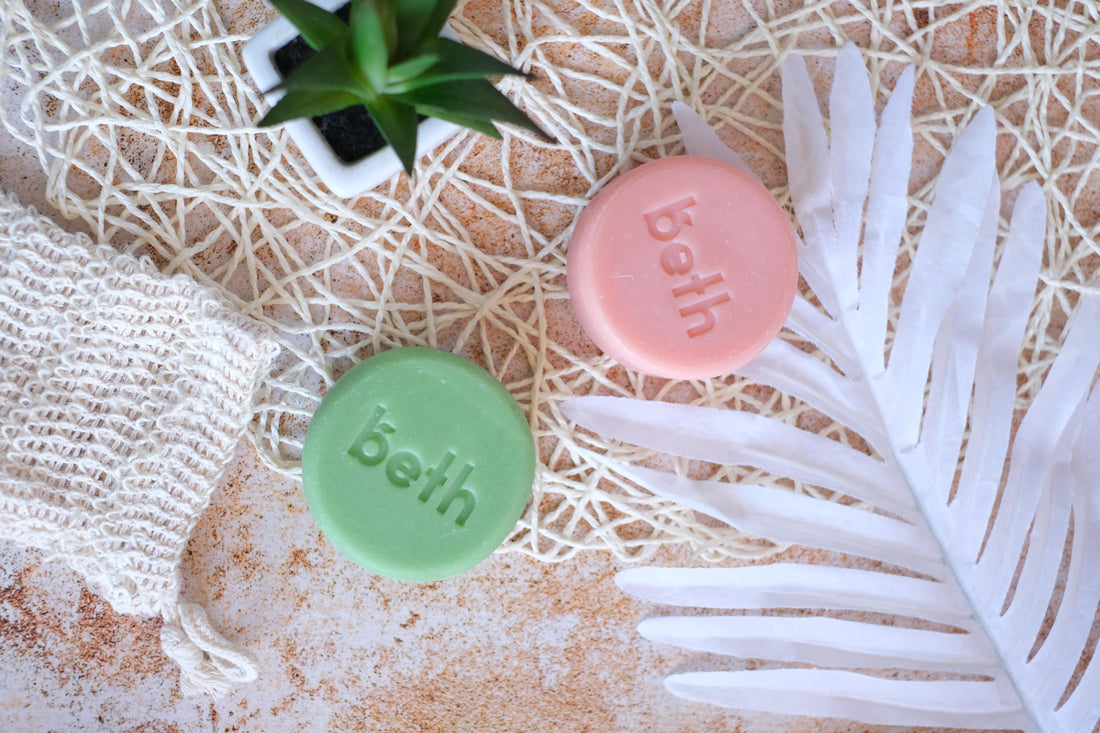Are shampoo bars actually hygienic?
For some, the idea of sharing soap bars can be quite daunting. There is a wide misconception that shampoo bars don't seem as hygienic compared to liquid shampoos. Because it is shared and often left exposed, it must be teeming with bacteria....right? But how true is this?
To answer this question, we have to understand the science behind how soaps work.
Yes, there are probably germs on your shampoo bar.
Truth is, there are germs all over your shampoo bar. But this isn’t necessarily a bad thing. Germs are everywhere, even on your skin. Your skin is home to millions of microbes at any point in time.
However, most of these germs and bacteria are not harmful, and typically, only people with a compromised immune system need to be cautious. Otherwise, these germs are not likely to pose any risk to the average healthy person. While these pathogens are not destroyed immediately, they do not survive for prolonged periods of time.
(Source: https://www.nytimes.com/2020/03/13/health/soap-coronavirus-handwashing-germs.html)
Shampoos work because they attract germs, grime, and dirt.
Even though germs can live off the surface of bar soaps and shampoos, the bacteria is quickly washed away by water when lathered. The surfactant molecules in the bar physically remove the germs and bacteria off your skin once you add water. These then get washed away.
(Source: https://www.self.com/story/bar-soap-sanitary-or-germy)
Can soap bars transfer germs and dirt?
Bars are very unlikely to transfer bacteria and pose very low health risk, especially if you lather up. The only exception is if you have open wounds.
Studies have shown that even when bar soaps are intentionally contaminated with diseases and bacteria, there were no signs of transfer between people who shared the same soap bar.
If you live with family members and have to share your shower essentials, sharing a bar does not pose any new risks since it is highly likely that you are already sharing germs and microorganisms in other ways, from sharing drying towels, cups and more.
In households, liquid soaps haven’t actually been proven to be more hygienic than bar soaps. Liquid soaps aren’t entirely germ-free either. Bacteria can accumulate along the bottle pump mechanisms rather than on the liquid itself.
That said, sharing soap bars with strangers, say in a public bathroom, although uncommon, it is still safe. Simply rinse the bar and lather for at least 20 seconds should be sufficient to rid the bar of any bacteria and prevent transfer.
Source: https://www.vice.com/en/article/yw4bvb/is-there-any-reason-to-use-liquid-soap-instead-of-bar-soap
How do I keep my shampoo bar clean?
While shampoo bars are generally self-cleansing and don’t really pose any health risk, it's how you store your bars that actually matter.
In general, germs thrive in moist environments. When a shampoo bar isn’t stored properly and is constantly wet, the “sludge” that forms around the soap dish can potentially become a breeding ground for microbial growth and can be transmitted to your bar. However, rinsing your bar should be enough to get rid of the bacteria lying around.
That said, the most important thing you can do to minimize bacteria growth from sludge forming around the bar is to make sure that your shampoo bar is allowed to dry in between uses. Keeping these dry in the shower area is almost impossible when you’re living in a country as humid as Singapore. So store them out of the shower area if needed, especially if you are a fan of taking hot showers.
Here are some other tips you can follow to keep your shampoo bar clean:
- Store the bar on a soap dish with holes
- Store them outside the shower area. Beth bars come with shampoo net bags that you can use to hanging your bars outside the shower
- Rinse your bar before each use
Conclusion
While you can’t eliminate germs off shampoo bars entirely, Shampoo bars are hygienic to use and you can share the bar with your family members. Sufficient research has been done to show that they are completely safe to use as long as they are used and stored well.

